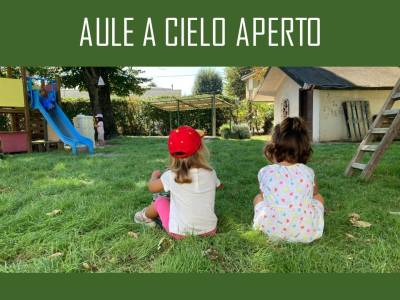All spaces are intended as multifunctional educational spaces that, across the board, meet the objectives set by the National Ministerial Guidelines for the Preschool Curriculum. They are not isolated spaces, but interconnected spaces that support children's growth in an integrated manner, promoting the development of cognitive, social, emotional, and creative skills in line with a child-centered pedagogy and their needs.
Subject to constant rethinking, we now have four thematic rooms:
CONSTRUCTION ROOM: a space dedicated to creation, manual work, and experimentation with different materials.
BEAUTY ROOM: a space designed for art, aesthetics, and contemplation.
REUSE ROOM: a space to give new life to objects and develop ecological awareness.
WORD ROOM: a space for communicating, narrating, and developing language in all its forms.

